I tried uninstalling CUDA 10 and installing 9.2. Now nvcc -V returns 9.2, but nvidia-smi says CUDA 10.0.
Any idea why this may be happening or how to fix it? Can't find anything else related to 10.0 still left on my system.
Edit: added screenshot as reply to nvidia employee showing that nvidia-smi clearly states a CUDA version..
